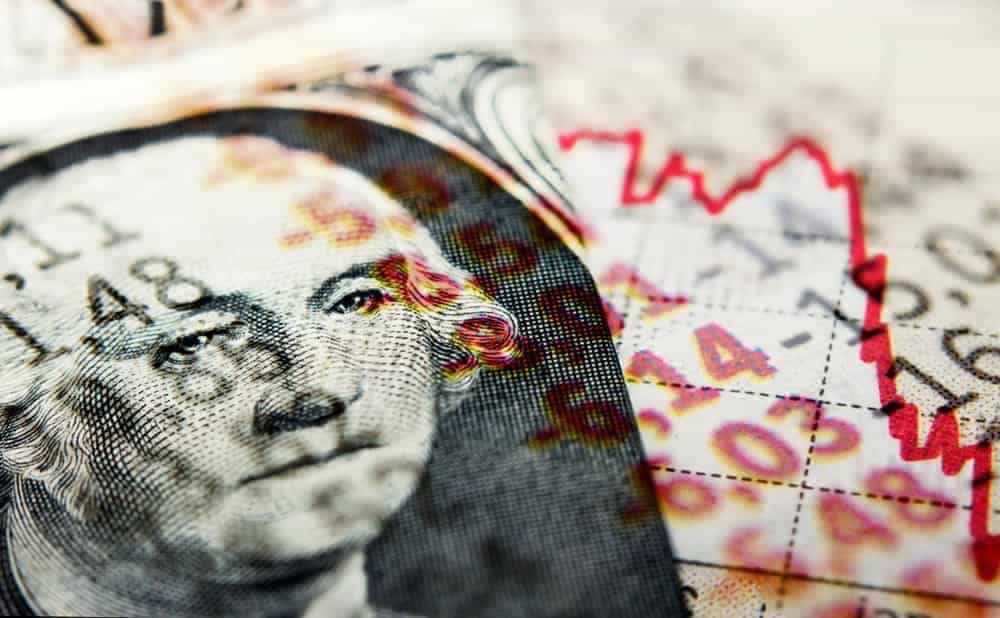Financial experts and government agencies agree that the 2008 financial collapse highlighted hidden leverage in off-balance sheet entities at central Wall Street banks as a critical driver of the crisis.
Large banks and thrifts maintained leverage ratios between 16:1 and 22:1 from 2000 to 2007. Some banks, like JPMorgan and Wells Fargo, were consistently high in leverage, while others, such as Bank of America and Citigroup, increased their leverage over time.
Citigroup, in particular, held substantial off-balance sheet assets, contributing to a leverage ratio that could have reached 48:1 in 2007 if all assets were included.
If these off-sheet assets were included in the official leverage ratio, perhaps the 2008 financial crisis wouldn’t be so severe.
Instead, most of these banks held their off-sheet balance unchanged, with the most notable example of Citigroup, which instead failed and received the largest bailout in the banking history by the US government, set at most of $306 billion losses.
The current state of banking, characterized by off-balance sheet liabilities reaching trillions of dollars, raises concerns about transparency and financial stability, with patterns emerging yet again.
How much do banking giants keep off-sheet?
Notable examples of Wall Street banks that are holding a substantial portion of their assets off-sheet include some well-known names.
JPMorgan Chase, for instance, holds over $3 trillion off-balance sheet, contributing to calls for increased capital reserves and prompting CEO Jamie Dimon to sell significant amounts of his stock.
Other Wall Street giants, including Bank of America and Citigroup, also exhibit vast off-balance sheet sums with $1.6 trillion and $2.6 trillion respectively, raising questions about their financial health and regulatory oversight.
The concerning pattern of repeating the same steps that led to a significant economic crisis, leaving hundreds of thousands without jobs, prompts the question: do these financial institutions bear any responsibility, or are they considered ‘too big to fail,’ relying on government assistance whenever a crisis emerges?









